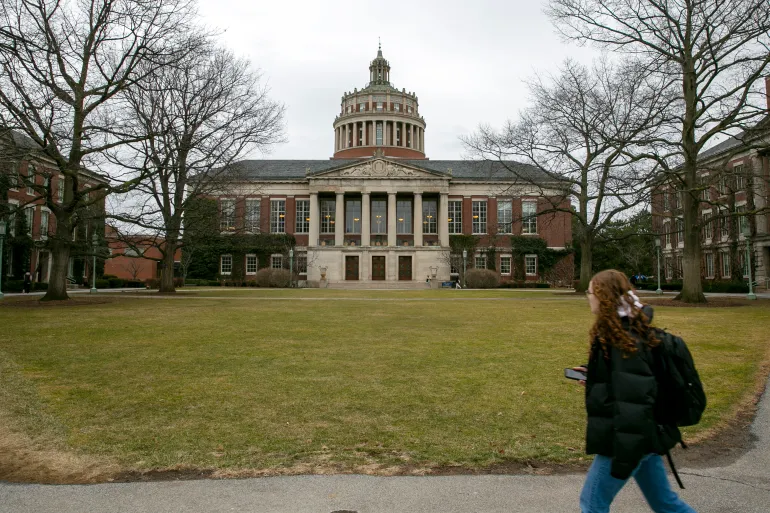Torrential rains and flash floods have devastated parts of southeast Australia, killing at least four people and leaving tens of thousands stranded as emergency services scramble to respond to the unfolding natural disaster. Authorities have declared a state of emergency in multiple regions, with floodwaters inundating homes, cutting off roads, and knocking out power supplies across vast areas.
The latest fatality was confirmed Friday in the state of New South Wales, where a man’s body was found in a submerged vehicle near the town of Wagga Wagga. Earlier, three others were reported dead in separate flooding incidents across Victoria and New South Wales. Officials warned that the death toll may rise as search and rescue teams reach isolated communities.
The Australian Bureau of Meteorology said the region has seen record-breaking rainfall over the past 72 hours, with some areas receiving more than 300 millimetres (nearly 12 inches) of rain. Rivers have burst their banks and flash floods have swept through townships, catching many residents off guard despite prior weather alerts.
Emergency Management Minister Murray Watt called the situation “extremely dangerous” and urged residents to follow evacuation orders. “Lives are at risk. If you’re told to leave, do so immediately,” he said during a televised briefing. Watt also confirmed that more than 35,000 people remain without power, and some communities are unreachable due to washed-out roads and collapsed bridges.
Prime Minister Anthony Albanese offered condolences to the victims’ families and promised federal assistance. “We are working closely with state governments to deploy resources wherever they are needed,” he said. The Australian Defence Force has been mobilized to support evacuation efforts and deliver emergency supplies to flood-hit areas.
In Victoria, helicopters have been dispatched to rescue families trapped on rooftops, while emergency shelters have been opened for evacuees. Local governments have declared disaster zones across dozens of municipalities, enabling quicker access to relief funds and services.
Social media platforms have been flooded with footage of dramatic rescues and widespread damage. One viral video showed cars being swept away down a main street in Albury, while another captured floodwaters pouring through a hospital’s emergency entrance in Shepparton.
Climate scientists have pointed to the increasing frequency and intensity of extreme weather events in Australia as a consequence of climate change. The country has been hit by multiple catastrophic weather events in recent years, including deadly bushfires, droughts, and floods. “What we’re seeing is not normal,” said Professor Lesley Hughes, a climate expert at Macquarie University. “The system is under strain, and the impacts are accelerating.”
Insurance companies are bracing for a surge in claims, with early estimates suggesting the damage could run into hundreds of millions of dollars. The Insurance Council of Australia has declared a “catastrophe event,” activating fast-track claims processes for affected policyholders.
As more rain is forecast over the weekend, authorities remain on high alert. Residents in flood-prone areas have been urged to prepare for further evacuations and to avoid travel unless absolutely necessary. “This is far from over,” said New South Wales Premier Chris Minns. “The next 48 hours will be critical.”
With waters still rising in some river systems, Australia now faces one of its most widespread flooding emergencies in recent memory, testing the limits of its disaster response and the resilience of its communities.
Source: Reuters



